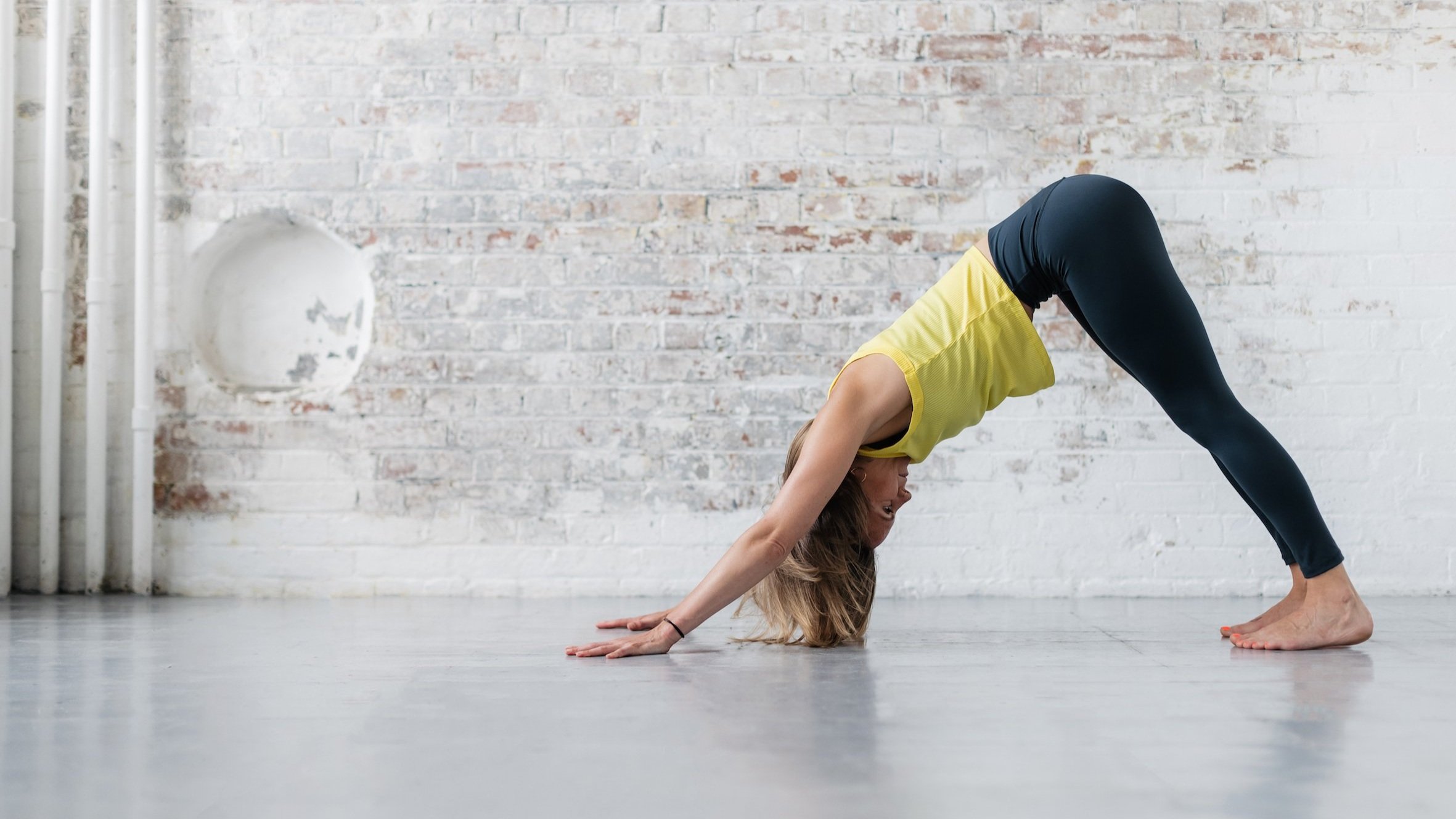The Ashtanga Yoga Vinyasa Count Explained
The Ashtanga Yoga Vinyasa Count Explained
Have you ever asked yourself why the vinyasa count in Ashtanga yoga is so important?
Perhaps you’re confused about the correct count and when you should be inhaling and exhaling.
In this post, I’m going to explain everything you need to know about the vinyasa count in Ashtanga Yoga and give you access to a full online Ashtanga yoga counted-led primary recording.
What is Vinyasa?
Vinyasa is a Sanskrit word that can be broken done into two parts:
Vin-to move
Nyasa – place oneself
So vinyasa means moving from one asana (yoga shape) to the next with the rhythm of your breath.
What’s the point of vinyasa (breath and movement)?
The action of moving with the breath creates heat in our bodies and causes us to sweat.
Traditionally, it’s explained that this heat cleanses and thins the blood so that it can circulate freely.
So practising asanas with breath control allows the blood to circulate freely in our joints and internal organs. This increased blood flow results in less joint pain and better functioning organ systems.
What’s the relevance of the Sanskrit count in Ashtanga Yoga?
If you attend a traditional Ashtanga Led Primary class the teacher will offer limited instructions or teaching points but will count the vinyasas in Sanskrit.
Some knowledge of Ashtanga yoga is a prerequisite to attending a traditional led class as the purpose of this class is to focus on your breath and have the experience of a group moving meditation practice. Mysore classes, rather than Led classes are when you learn new asanas individually with the guidance of your teacher.
Why should I stick to a specific vinyasa count? Can’t I just make it up?
Sticking to the vinyasa count creates a rhythm to the practice. It allows us to focus and minimises the temptation to give in to distractions. This in turn produces the meditative effect we’re trying to achieve when we practice.
The vinyasa count and drishti help us to develop a steady and stable practice “sthira sukham asanam.” YS 2.46.
This stability and groundedness is something that increases with time that we can take with us off the mat.
What if sticking to the count is not possible?
It may not be possible to move in and out of asanas with the correct count, particularly when we first start practising. I don’t know many people, myself included, who can get into marichasana D or kapotasana with the correct count.
If you need more time to get into a specific asana, you should take extra breaths. however, it’s important to observe if you’re taking the extra breaths to work carefully into the asana or if you are using this time as an opportunity for procrastination. In which case it becomes a distraction in your practice.
Understanding the Ashtanga Yoga Vinyasa Count
At first, the vinyasa count can seem confusing but if you know these principles it becomes a bit easier to grasp:
We only count if there is a movement. There is no count for example when we exhale and don’t move.
Odd numbers are generally on an inhale e.g Ekam (one) is raising your arms to begin surya namaksar (sun salutation)
Even numbers are mostly on An exhale e.g Dve (two) is the fold-forward part of a sun salutation.
For seated asanas the count begins at sapta (seven) this is because if you did a full vinyasa from standing i.e surya namaskar A you’d end up at seven when you jumped through from downward dog.
The Ashtanga Vinyasa Count - 4 of the most confusing counts
In this video, I go over four of the most confusing or easily missed vinyasa counts based on what I see in the Mysore room every day.
Prasarita Padottanasana - this is the most confusing vinyasa count to master when you start out your practice. In this video, I explain a simple way to remember it.
Utkatasana from the primary series is another count that doesn’t look like you’d expect it to.
Primary series forward bends - “inhale look up, exhale there”. This is the one from the primary series I see most people skip…. Are you skipping it too?
Another count that gets missed a lot from the second series of Ashtanga Yoga happens before the prone backbends.


